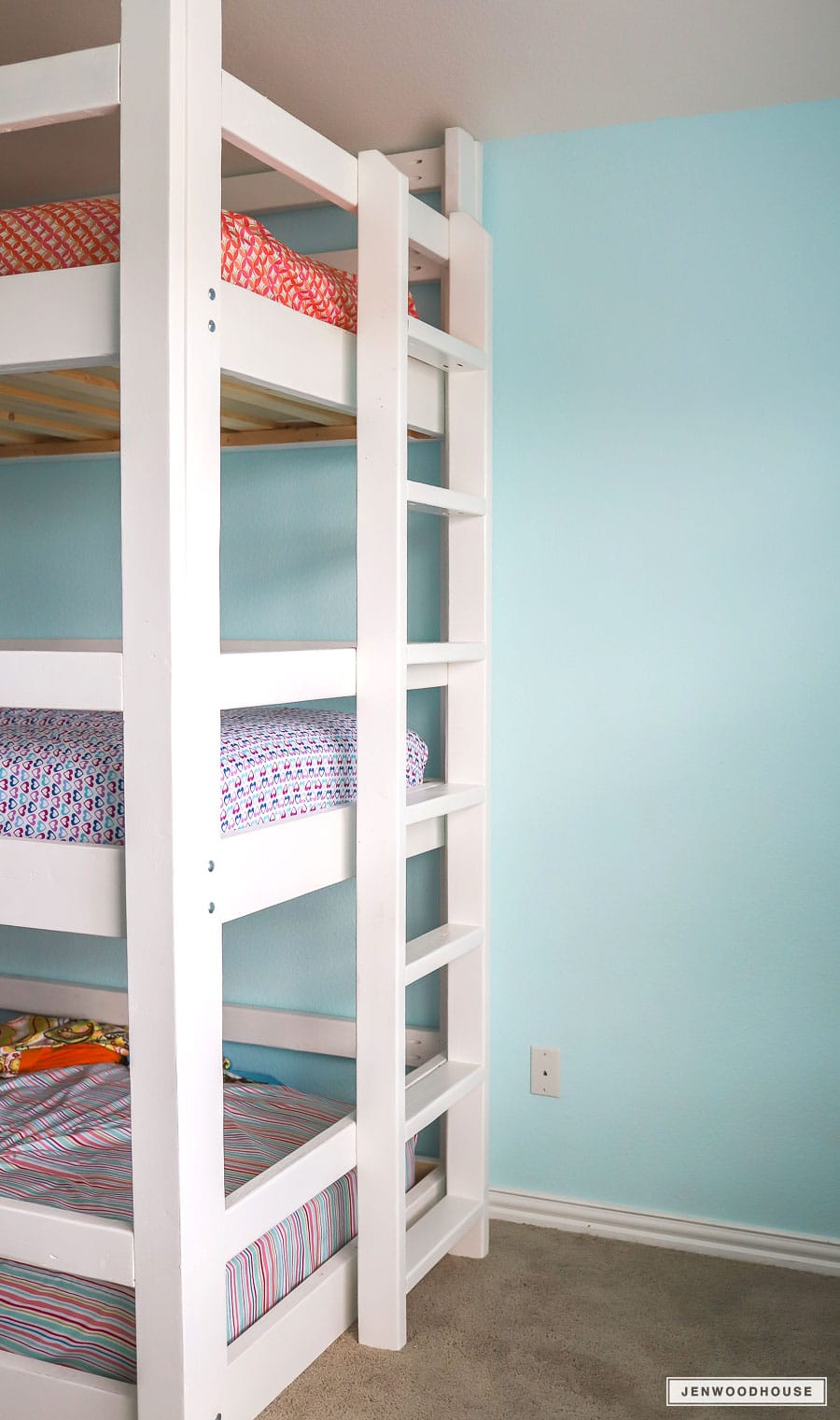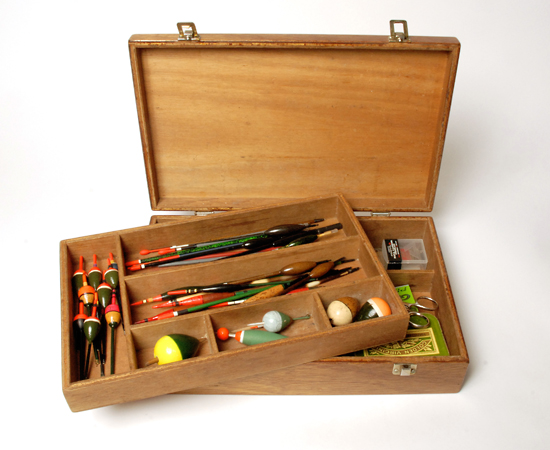Building Durable Wooden Picture Frames for Large Artwork
Creating a picture frame for a large piece of artwork presents unique challenges. The sheer size demands robust construction to prevent warping, sagging, and ultimately, damage to your precious artwork. This article guides you through building a durable wooden frame capable of supporting even the most substantial canvases or prints, ensuring your masterpiece remains beautifully displayed for years to come.
Choosing Your Wood and Tools
The foundation of a strong frame lies in the quality of the wood. Hardwoods like oak, maple, or cherry offer superior strength and durability, resisting warping better than softer woods like pine. Consider the weight of your artwork; heavier pieces require a thicker frame. Aim for wood with minimal knots or imperfections to ensure consistent strength. Gather your tools before starting: a miter saw (or a hand saw and miter box for ultimate precision), wood glue, clamps (lots of them!), sandpaper (various grits), wood finish (stain, varnish, or polyurethane), a measuring tape, and a pencil. Don't forget safety glasses and ear protection!
Preparing Your Wood
Before cutting, carefully measure your artwork to determine the frame's inside dimensions. Add your desired frame width to each measurement to calculate the total frame size. For extra strength, particularly with larger frames, consider using wood that's at least 1.5 inches wide and 1 inch thick. Cut your wood pieces to the calculated lengths using a miter saw at a precise 45-degree angle. Accuracy here is critical; slight imperfections will be amplified in a larger frame. Check your cuts carefully, and make any necessary adjustments.
Assembling the Frame
Apply a generous bead of high-quality wood glue to the mitered ends of each piece of wood. Carefully join the pieces, ensuring the corners are perfectly aligned. Secure the joints firmly with clamps, applying even pressure to prevent gaps and ensure a tight bond. Let the glue dry completely according to the manufacturer's instructions; this is crucial for a strong, long-lasting frame. Remember, pressure is your friend! The more clamps you use, the better the bond will be, especially with the weight of a large frame.
Reinforcing the Joints
For added strength and longevity, consider reinforcing the mitered corners with small wooden blocks, often called splines or biscuits, inserted into the joints before applying glue. These small pieces of wood add significant strength and prevent the frame from separating over time. Alternatively, you can use corner braces, either metal or wood, for additional support. These are especially beneficial for large frames that will hold considerable weight.
Finishing Your Masterpiece
Once the glue is completely dry and the clamps are removed, sand the frame smoothly, starting with coarser grits and gradually moving to finer grits to achieve a polished finish. Wipe away all sanding dust before applying your chosen finish. Two or three thin coats of a high-quality stain, varnish, or polyurethane will protect your frame from moisture and damage, extending its lifespan. Allow each coat to dry completely before applying the next.
Hanging Your Artwork
To complete the process, attach D-rings or sawtooth hangers to the back of the frame. The placement of these hangers should be carefully considered to ensure the frame hangs evenly and securely on the wall. The weight of a large framed artwork demands strong and reliable hanging hardware. Consider using multiple hanging points for extra security. Finally, carefully place your artwork inside the frame and admire your handiwork. You've successfully created a durable and beautiful frame to showcase your valuable artwork for many years to come!





















